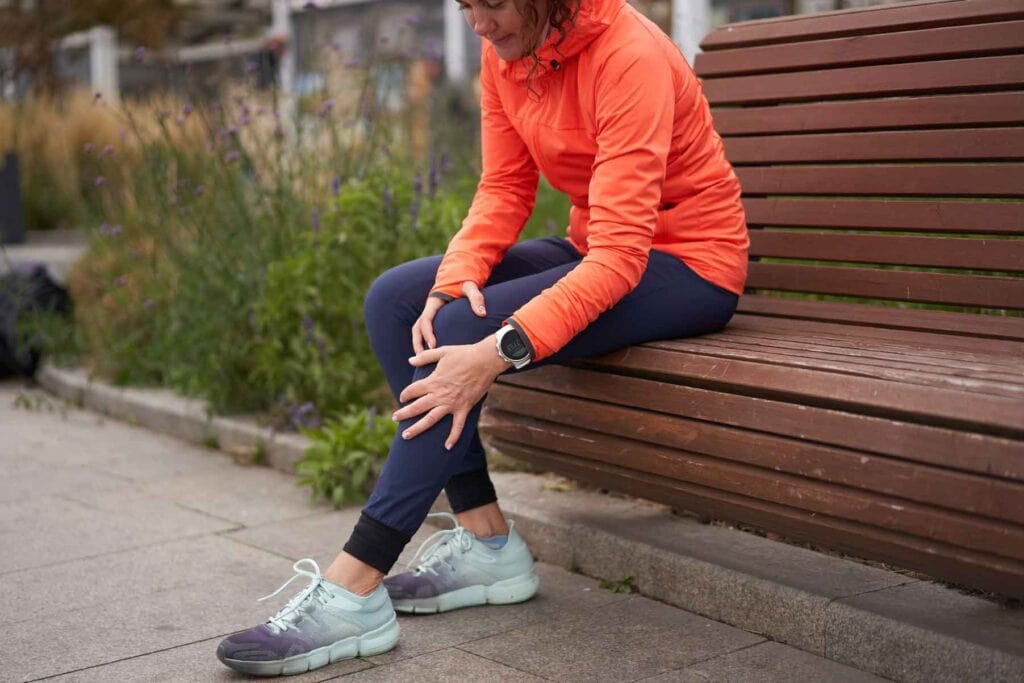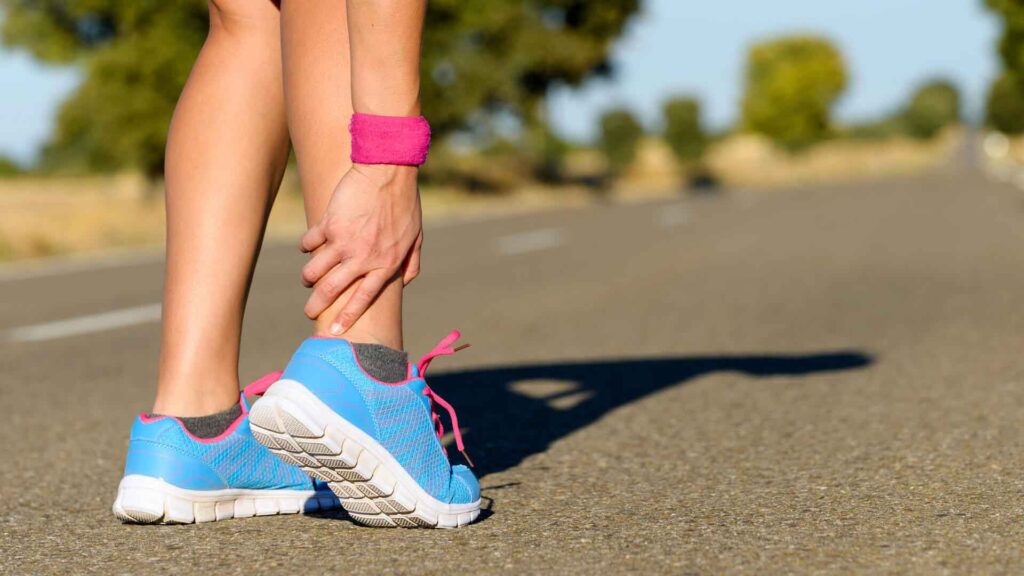During certain activities, you can get pain and inflammation in your arms or knees. In this situation, your doctor may identify tendon damage after performing the required diagnostic procedures. You should discuss PRP therapy with your doctor after trying many conventional methods to ease discomfort. Learn more about tendon injuries, how PRP treatment can help, and how to get relief from your discomfort.
Muscles and bones are connected by fibrous bands of tissue called tendons. Various terms are used by doctors to describe inflammation, injury, or damage to tendon tissue such as tendinitis, tendinopathy, paratendinitis, tenosynovitis, and tendon rupture.
Tendonitis :- The word “tendonitis,” once used by doctors to describe almost all tendon pain, is now primarily used to describe acute inflammation of the tendon caused by small (micro) tears. Local pain, swelling, and fever are common symptoms.
Sudden acute injury or repeated microtrauma to the tendon or group of tendons may cause tendonitis. Resting the affected area and taking over-the-counter non-steroidal anti-inflammatory medicines (NSAIDs), such as ibuprofen (found in products like Motrin and Advil), or naproxen(like Alev, and Naprosyn), are two possible recommended treatments for reducing inflammation. Tendonitis/tendinitis patients usually heal in a few weeks. Chronic tendinitis can result in tendinopathy.
Tendinosis :– Non-inflammatory degeneration of the tendon is called tendinosis. Degeneration of the tendon may result in structural or compositional changes. These changes are usually the result of the tendon being compressed repeatedly without enough time to heal.
Difference between tendinitis and tenosynovitis :
- Tendinitis can take a longer time (several months) to heal.
- Treatments for both tendinitis and tendonitis are different. For example, some medical experts think that corticosteroids or NSAIDs cannot be used to treat tendinitis.
It is believed that these medicines reduce the efficiency of treatment by interfering with the normal rebuilding of the tendon. Their structure may cause treatment issues in the long run. Tendinitis usually affects those who engage in high-intensity activities or sports that require frequent tendon motions.

Tendinopathy :– Usually, tendon issues are referred to as tendinopathy. The Greek suffix “patia” means disease or disorder. Therefore, tendinopathy is defined as a condition or disorder of the tendon. The term tendinopathy is generally used by experts. Others may use it to describe chronic, non-healing tendon conditions, which include all tendon disorders.
Paratenonitis :– In the human body, some tendons, like the Achilles tendon, have a thin sheath of tissue called an anticord surrounding them, whereas other tendons, like those on the wrists and hands, are surrounded by various tissues called the synovium. The inflammation is known as paramyositis. It is called tenosynovitis when the synovial membrane around the tendon becomes inflamed.
PAIN AND TENDINITIS CAN BE TREATED WITH PRP THERAPY
Instead of reducing swelling, PRP therapy for tendonitis can help repair damaged tendons. In the collagen matrix of the tendon, the growth factors in the PRP serum will create new blood vessels.
The new tissue structure and resultant collagen heal more quickly because of the new oxygen- and nutrient-rich blood. Also, PRP therapy can help the tendon repair and promote its rebuilding. PRP treatment can restore lubrication and make the joints smooth if the surrounding cartilage and buffers have been destroyed.
WHAT ARE PLASMA AND PLATELETS?
Like white blood cells, and red blood cells, platelets are normal components of blood. Growth factors and other proteins that regulate cell division, stimulate tissue regeneration, and promote healing is secreted by platelets. It also helps with blood clotting.
Plasma describes the fluid component of blood. It mainly consists of water, but also contains protein, growth factors, nutrients, glucose, and antibodies.

WHAT IS THE PROCESS OF MAKING PRP?
Although methods may vary, the most usual approach to create PRP is to centrifuge a sample of the patient’s blood using PRP tubes. Doctors prepare platelet-rich plasma for injection into the affected tendon by carefully separating it. Sometimes doctors use ultrasound machines to ensure the plasma is placed precisely and provides the maximum benefit. About 60 minutes are required to complete the entire process.
Most patients report that three months after the treatment, they were able to resume their regular activities.
